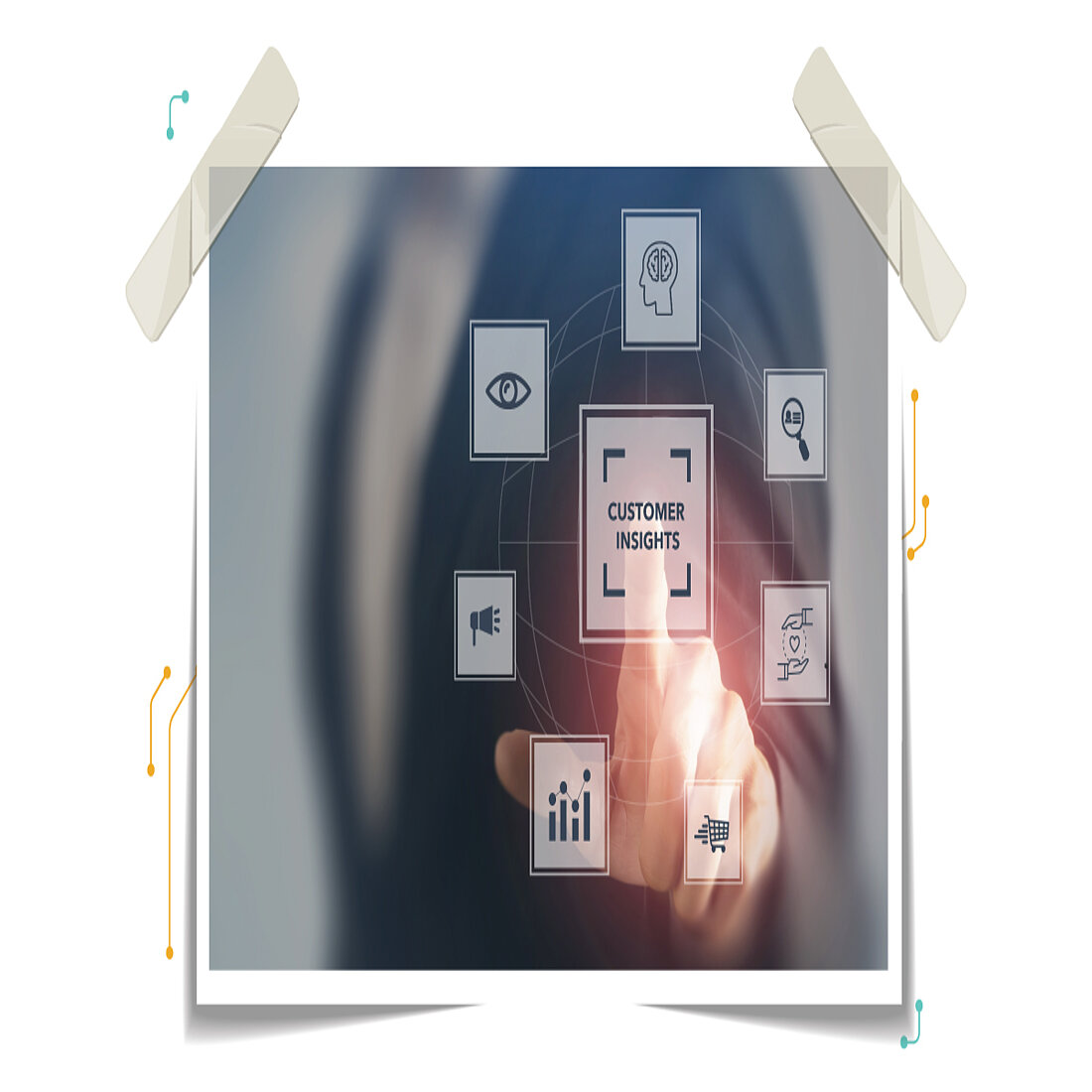- Why Us?
- Features
White Label
For SaaS Platforms & Agencies
Provide our complete analytics suite to your clients, directly within your own interface and with your/their own branding. Discover Analytics-as-a-Service and White Label Analytics. Great benefit, minimal effort.
- Pricing
- White Label
- Success Stories
- Partner
- ResourcesExpand Your Knowledge
CONTENTS
- Track Any Action or Event on Your Website
- [Track Any Action or Event on Your Website]
- Measure the Effectiveness of Your Marketing Efforts
- Gather Insights About Your Customers
- [Gather Insights About Your Customers]
- Provide Better Customer Experience
- Focus on Personalized Marketing Efforts
- Fit the Benefits of Custom Event Tracking Tools into Your Strategy
Five Key Benefits of Custom Event Tracking Tools
You own a business or a brand or you’re a dedicated marketer, but you can’t convert your visitors into customers. You review your reports and decide that the checkout page has to be optimized better.
Once you've done that, you conduct testing for a few weeks and, after noticing some improvement, you decide that the problem has been solved. Thus, you make it live. After some time passes, you go back to it and see that you still experience the same problems.
You might continually wonder what you are missing. Now here’s the catch: you need a custom event tracking tool to observe how users interact with your website and see what’s stopping them from converting.
Analyzing each event on your website will be a good starting point to improve it your website heatmaps, conversion funnels analytics, and session recordings are also a good addition to get accurate data and comprehensive website analysis.
Don't rush into solving a problem before you fully comprehend its scope, and pay attention to visitors' actions - it will definitely help you predict why you’re losing customers and ultimately fix the issue.
Diving into this article, you’ll better understand the benefits of custom event tracking tools and how they can put some magic into your marketing efforts.

Track Any Action or Event on Your Website
It is as clear as crystal, the most important benefit of website event tracking tools is observing any action or event on your website.
You can see how many visitors have triggered a certain event, clicked the “add-to-cart” button, signed-up for your newsletter, and so forth. Having these insights will help you analyze whether your event is performing well or not.
[Track Any Action or Event on Your Website]
By setting up an event the right way, you can understand the process of user interaction with web page elements at a deeper level.
You can determine which pages and links on your website are the most popular which will also help you define whether a certain product or service is more popular than another.
With the use of this knowledge, you'll be able to choose wisely and guarantee that the customers who view your most profitable goods or services will buy them. You can also make statements about whether your SEO initiatives are leading visitors to the right pages of your website.
With the right custom event tracking tool, you can also measure how your event interactions have changed over time in order to determine whether or not they are performing as you need them to.
Measure the Effectiveness of Your Marketing Efforts
Tracking user behavior and observing how users interact with your website is important when you have various elements on your website, such as forms, images, buttons, and so on.
This way, you’ll be able to see what users do on your site, how many visitors complete the desired actions, or what might have stopped them.
Using an event tracking event tool, you can gain valuable insights in order to add or change marketing efforts.
Let’s say you want to analyze if your marketing strategy was implemented correctly and ultimately helped you increase the sign-up rate. With this in mind, you investigate customer events, but you see that visitors abandoned your web page without signing in. Additionally, the conversion rate and click-through rate are not good percentages for sign-up efforts.
What you have to do now is to pay attention to what makes visitors leave your website without signing up in order to make improvements and change your marketing strategy.
Moreover, you can examine the platforms capable of providing you with the most Monthly Recurring Revenue by using website event tracking tools. Let me explain. If you observe that the first action which users take in their buyer journey is coming from a LinkedIn ad, you get to understand that your target market is active on LinkedIn.
Taking into consideration the example above, if you see that most visitors come from LinkedIn, you should definitely invest in this social media platform.

Gather Insights About Your Customers
When you track custom behavioral events, you also have the opportunity to segment your visitors into new and returning customers in order to analyze how each segment behaves.
You can segment the data by new or returning visitors, geography, and referral sources using event monitoring to determine how many new visitors your campaign attracts.
With the help of this analysis, you can make adjustments to your website that will make it more likely to generate high-quality leads in the future.
[Gather Insights About Your Customers]
Since your customer base is made up of people from many countries, various professions, generations, and genders, tracking events and goals reveals the behaviors of clients from various demographic groups in order to make predictions about the various interests of your customer segments.
Based on the activities, you can modify your marketing campaigns and advertisements.

Provide Better Customer Experience
For data-savvy and data-hungry businesses, an event tracking tool is a great option to target clients across a variety of channels and devices. More data can be your key to success!
To understand customer experience across an increasingly complex web of touchpoints, businesses must utilize a variety of technologies due to the number of ways customers now connect with brands.
Having access to massive amounts of data could help you get the real picture of what’s happening in those events, and to observe potential issues such as errors or bugs in order to optimize your site better and improve customer experience.
To enhance the user experience and more effectively track the metrics that matter most, many customers are currently employing the website event tracking capability and discovering amazing use cases to apply throughout the whole customer lifecycle.
The information gained through event tracking insights gives marketing and web teams the resources they need to simplify your customers' shopping experience.
Everyone benefits when a customer's journey is made simpler. Once you set up tracking and then discover where your customers are getting stuck, you can develop an online experience that directs a consumer to accomplish planned tasks, which can then be related to ROI (Return of Investment).

Focus on Personalized Marketing Efforts
Not all of your website visitors will have the same intention - this is highly related to the stage of your buyer’s journey. Some of them need more information about your brand in order to trust you, others want to compare your product with other solutions, and some of them are ready to buy from you.
Based on these stages, you’ll have to create personalized content. The use of custom event tracking on these stages is to track how users are engaging with your site during the event. This way, you can change things up or keep them how they are if your content performs well.
The objective is to attract their attention with unique offers based on their behavior. The offers will progress which ultimately results in the achievement of the event's primary goal.
For instance, at the beginning of the event - at the Awareness stage - educational content will be the perfect material for a website visitor. But if the primary objective of the event is to generate sales, a sales offer will be more appropriate.
The event should be able to convert someone who is just defining their demand into someone who is ready to buy.
Fit the Benefits of Custom Event Tracking Tools into Your Strategy
Finding out what website visitors are doing is just one aspect of event tracking. Usability, ROI, maximizing the time spent on marketing, and obtaining a complete picture of your website visitors are all important key elements that will help you get the ball rolling.
If you’ve made it this far, I express my gratitude to you! I hope you’re ready now to search for the best custom event tracking tool on the market and get a bite of what it can offer you.
Feel free to share this article with your friends, colleagues, or family if you find it useful - it’s your move now!
Share article
Get Started for Free
Gain World-Class Insights & Offer Innovative Privacy & Security

You might also like
42 Essential KPIs for eCommerce Websites 07 February 2021 - by Simon Coulthard
07 February 2021 - by Simon Coulthard
Market Research: The All-in-One Guide to Conducting Market Research 12 September 2022 - by Simon Coulthard
12 September 2022 - by Simon Coulthard
Top 10 Custom Event Tracking Tools in 2025 05 December 2022 - by Simon Coulthard
05 December 2022 - by Simon Coulthard










